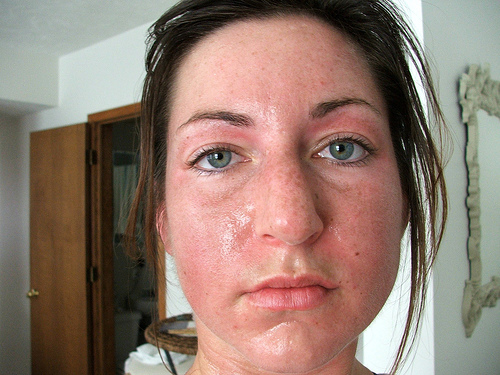All this time we’ve been trying to make the public understand climate change using science and logic, and it turns out we could have just made everyone wear sweaters. People’s beliefs about climate change are closely tied to the temperature they’ve recently experienced — so much so that, as Justin Gillis of the New York Times explains, people sitting in warmer rooms are more likely to say that global warming is a problem:
Some people answered the questions in a cubicle at a normal room temperature, and some in a cubicle that had been heated up 10 degrees with a space heater. Amazingly, the experience of being hot caused people to be more likely to say that global warming was a problem, even when logic should have told them the temperature inside a building has nothing whatsoever to do with the climate.
Also, people who ate salty pretzels before answering questions about drought were more likely to say that drought would be a problem in the future than those who weren’t thirsty. And people are more likely to think native human stupidity is a problem when they’re actively banging their head against the desk. (Oh wait, no, that’s just me.)
It’s simultaneously incredibly lolsobby that we’re hardwired for this kind of toddler-brain solipsism, and kind of encouraging that sweeping policy change could be a matter of secretly bumping the thermostat. But it’s just as easy for people to stop believing in global warming when they get chilly. That poll that came out recently, the one that found that Americans are convinced there’s a connection between the recent spate of hot weather and climate change? They’re probably only saying that because they’re schvitzing. If it’s cold next winter, we’ll be back to Jim Inhofe building igloos for the Gore family.


